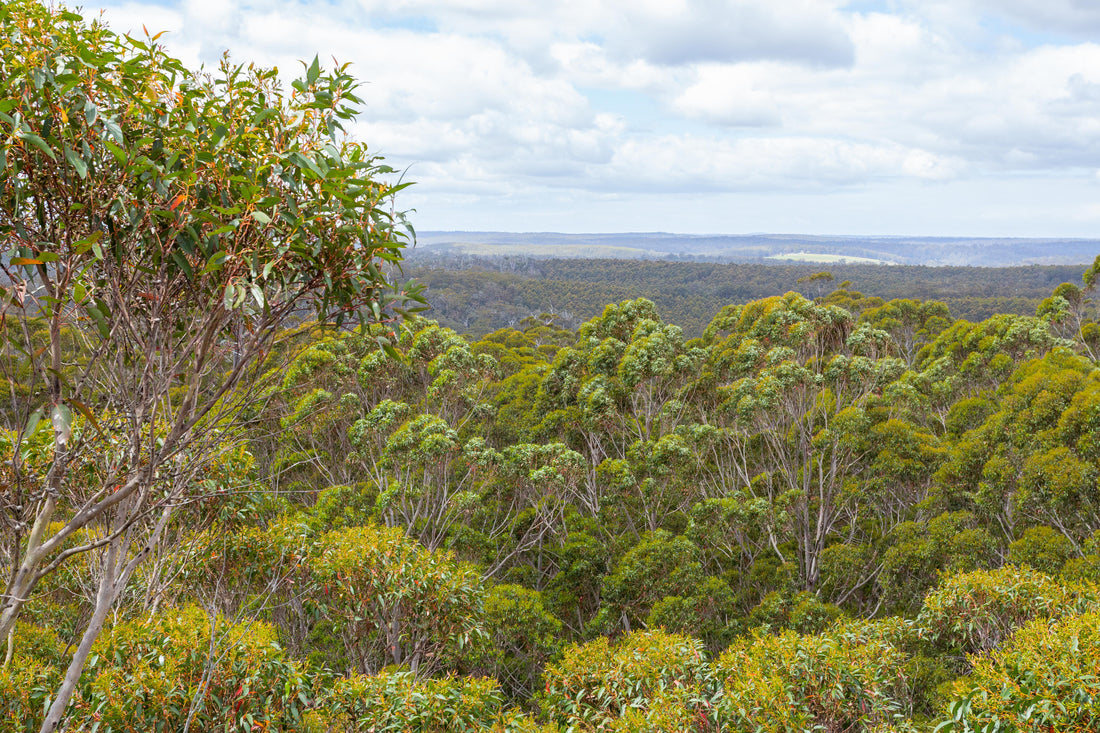
What Is Active Honey? Understanding Total Activity (TA) Rating
What does “Activity” in honey mean?
When we talk about Active Honey, we’re referring to its natural antibacterial and antifungal power. This power is measured using something called a Total Activity Rating (TA). The higher the TA, the stronger the honey’s ability to fight off bacteria and fungi—making it not just delicious, but incredibly good for you too.
A TA rating of 10 or higher means the honey has beneficial properties. A rating of TA30+? That’s exceptional—and you’ll only find that level of natural power in a select few honeys around the world.
At Honey For Life, we’re proud to offer premium Western Australian honey with some of the highest TA values ever recorded—up to TA70+.
How is TA measured?
TA is made up of two kinds of natural antibacterial action:
TA = PA (Peroxide Activity) + NPA (Non-Peroxide Activity)
Let’s break that down:
-
Peroxide Activity (PA) comes from a bee enzyme that reacts with water to produce hydrogen peroxide—a gentle but effective antibacterial compound. This is how bees protect their honey in the hive.
-
Non-Peroxide Activity (NPA) is a result of special compounds found in the nectar of certain trees. Some plants naturally produce antibacterial chemicals, and when bees collect nectar from these plants, those compounds are concentrated and preserved in the honey.
Together, PA and NPA give honey its Total Activity—a powerful combination that activates when honey is eaten or applied to the skin.
Is Active Honey really that powerful?
Absolutely. When you eat high-activity honey or use it topically, the moisture from your body reactivates the honey’s natural enzymes. That means the antibacterial properties go to work—gently, yet effectively. It’s soothing for the digestive system and can even be used (with medical guidance) for minor wounds and skin care.
Do all honeys have high TA?
All raw honey contains some level of PA (usually under TA5). But only certain kinds of honey—like Jarrah, Marri, Karri and Desert Mallee from Western Australia—have extraordinary levels of Activity. These unique Eucalypt honeys are world-renowned for their potency, and their high TA levels make them some of the most powerful medicinal honeys on earth.
How is Activity in honey tested?
We use a scientific test called the Well Diffusion Phenol Equivalent (WDPE) method. This test measures how well a diluted honey sample can inhibit bacterial growth—basically, how effectively it can kill germs. A TA10 honey has 10% of the antibacterial strength of a phenol solution, and so on.
Our honey is tested by trusted labs like ChemCentre in Perth and Analytica Laboratories in New Zealand. You can trust that every jar of our Active Honey is rigorously tested and certified.
How does TA compare to Manuka’s MGO and UMF ratings?
While Manuka honey is usually rated by its MGO (methylglyoxal) content or UMF (Unique Manuka Factor)—which mostly reflect NPA—our Western Australian honeys are measured by Total Activity, which includes both PA and NPA.
It can be a little confusing because Manuka uses two different systems (MGO and UMF), while TA offers a single, straightforward number.
Try our most Active Honeys today - SHOP NOW>>>